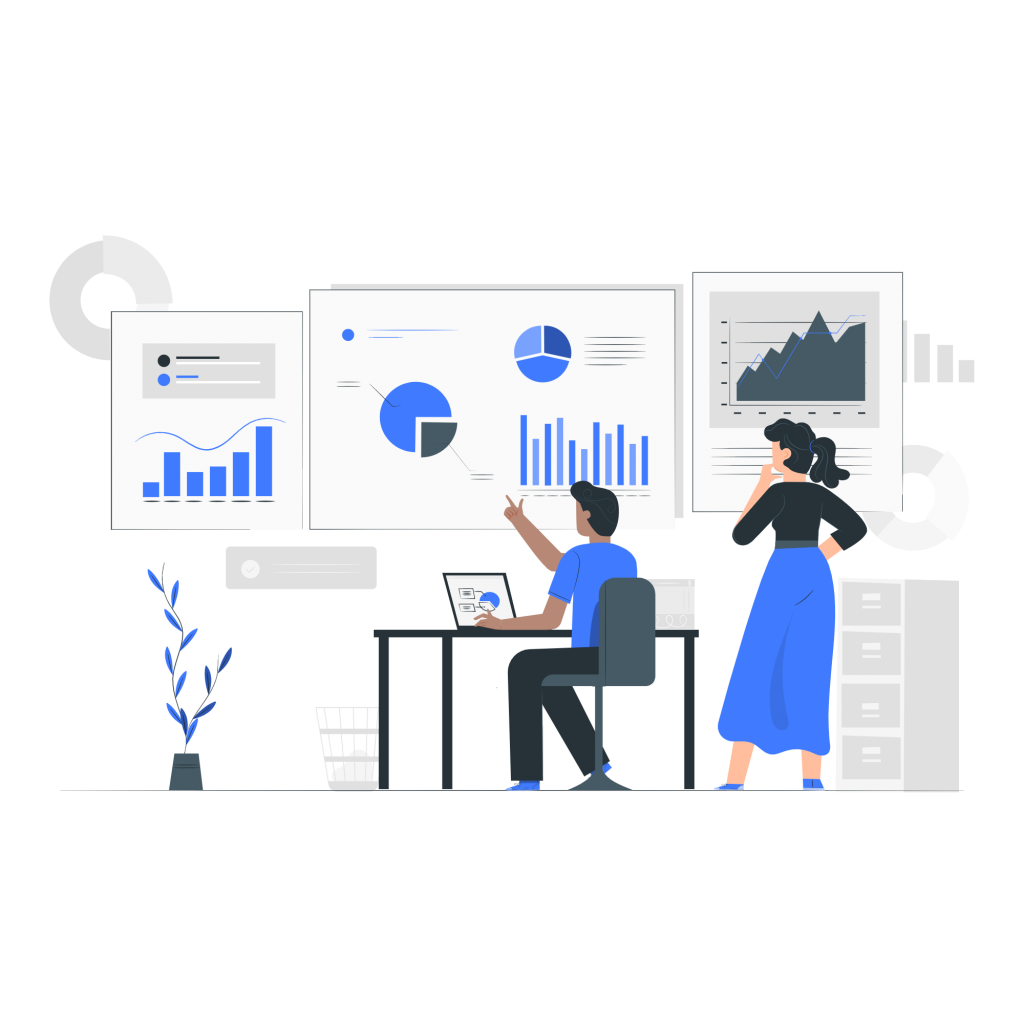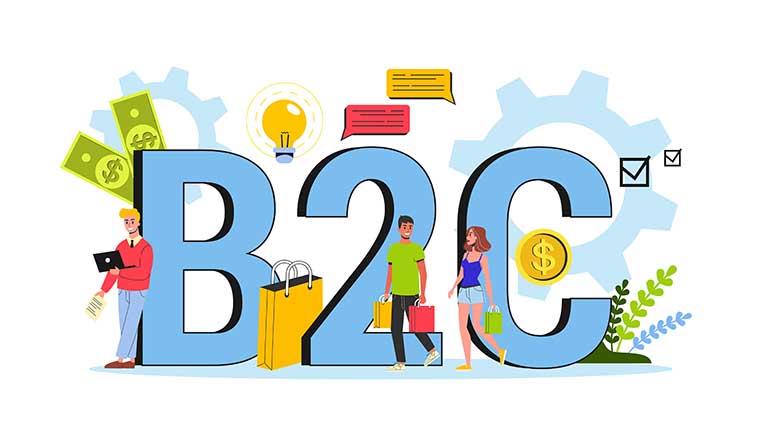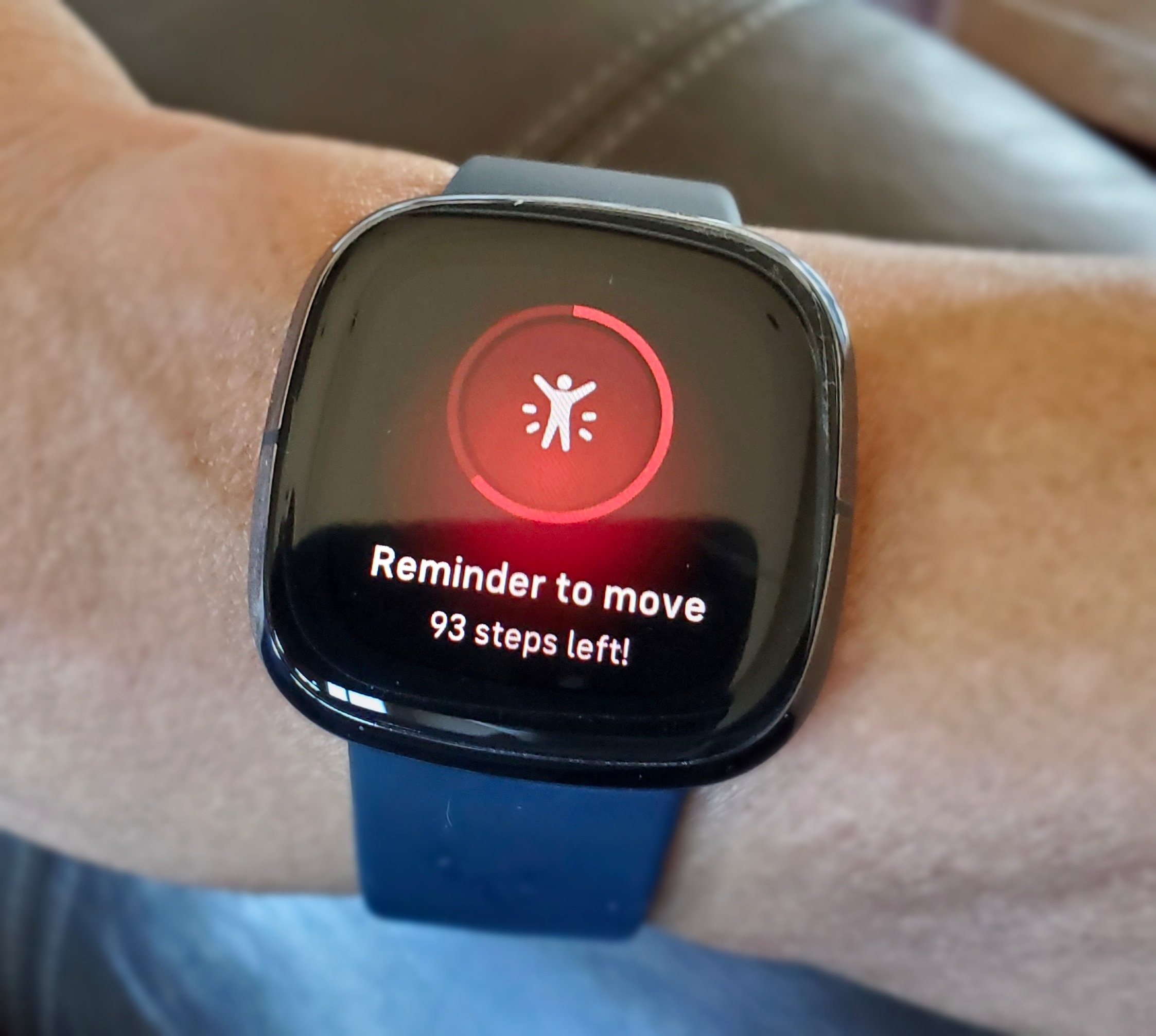As per a survey by Statista, social media penetration in 2022 stands at around 58 percent of the global population. If we provide enough impetus to the figure, it is easy to understand that it can be one of the factors driving the way we do business.
“Social Media penetration in 2022 stands at around 58 percent of the global population.”
Imagine that you own a website where you write your travel experience. You have readers from across the globe. The other day, you put up a post about your recent visit to Singapore.
Within a few hours, comments flooded that post about how surreal your experiences were or how they motivated someone from Africa to give Singapore a visit. It will make you excited, and it will drive you to improve your blog.
Amidst all the positive comments, you will also find some people giving suggestions that may prove to be helpful for your future write-ups, or those may give you a new perception of writing.
You will get to know your reader’s thoughts when they comment on your posts, but what if they are posting something about it on Reddit, Twitter, or any other social platform?
It is where social listening plays an impeccable part for you to understand and improve your reach.
About Social Listening
Many people associate social listening with social media due to the presence of the word ‘social.’ But the truth is, it is far more than just that.
Social listening is the process through which we track the use of certain words, phrases, or related queries across a plethora of social media sites, community forums, news websites, and blogs. After that, experts draw critical insights from them to enhance the value quotient of the services that the requisite brand offers.
It lets you do the following –
✅ Keep a birds-eye view of what people are saying about your products in real-time.
✅ Keep track of where and when they have mentioned your offerings.
✅ Analyze the tone, sentiments, reach, and outcome of such mentions.
✅ Discover the relevant influencers and understand your online presence.
✅ Utilize the data to generate shareable insights with all the relevant people.
How is it different from social media intelligence and analytics?
The three terms, social listening, social media intelligence, and social media analytics, stand close to each other, but they are vastly different when it comes to real-world usage. You may find them crossing each other, but the apparent difference should be clear when you have a look at their definitions.
Social Media Intelligence
Gone are the days when brands used to keep track of mentions and hashtags for ‘vanity KPIs’ purposes only. Today, such data has become actionable information, all thanks to the social media intelligence that we have gained.
The world first came across the term “social media intelligence” in 2012 at Demos, which is a London-based think tank. It allows brands to make conscious decisions regarding the future of their products and the strategies that are currently in place. Such decisions develop from consumer insights that pop up on various social media sites.
Social Media Analytics
Social media analytics is the process of collecting and analyzing information using your choice of tools. There are three main parts involved – data identification, data analysis, and information interpretation. Social media analytics involves answering several questions at every critical point and then using the answers to ascertain the processes that may give the best output.
Social Listening is the process of monitoring all conversations and using that data for both social media analytics and social media intelligence.
Why does it matter?
We all say that social media is essential for our products and strategies, but how exactly or in what way? If we merely believe in what they serve us, there are chances that the future strategy may not have the intended reach.
As per The Twitter Engagement Report, 2018, by Mention, around 31 percent of mentions do not contain the brand handles. It means that merely looking at the hashtags and mentions won’t reveal the entire picture. There are a lot more reasons why social listening matters –
Track your competition
What people are saying about others is as crucial to know as what they are saying about you. Understanding both ends ensures that you know where you stand in the market. Also, you will get to know what they are up to and if they are launching new products or campaigns anytime soon.
With careful listening, you can curb the potential threats and grab any opportunity at the very instant that it clicks.
Ensure engagement amongst your customers
It is crucial to respond to feedback from your customers, irrespective of the fact that it is positive or negative.
If we carry forward the example at the beginning, let us say that Mr. X pointed out that a recent article was missing some critical information; even if you find his point unnecessary, you must answer it humbly.
There are times when such replies may not be to any query or exclamation; instead, they are used to create a trend or to ask people to share any important information with their close ones. It creates a sense of belonging and improves engagement amongst your customers.
Find the hidden issues about your products
There are times when people may not reach out to you to convey something that disappointed them. Such problems become visible when you monitor their conversations on social media.
Further, you can tweak your offerings to ensure that they are in line with what people expect from you. Not only that, but you can also create email campaigns or find other ways to communicate the same to the people.
Managing the crises
With human beings involved, it is unnecessary to say that there would be a lot of emotions. So, if you are happy just because you are creating a lot of engagement, you would want to think twice.
With the addition of social listening, you can track the sentiments behind the participation in real-time. If the engagement is positive, look for the reasons behind it. That way you can improve on it the next time.
On the other hand, if it is negative, you may want to find a fix before it goes out of hand. Put up a post pointing out the possible reasons for it and seeking an apology, if required.
Identifying potential customers
Social media offers you a world of endless opportunities. If you harness its power effectively, it can create new opportunities for your brand. Let us consider an example:
Say that you own a clothing brand, and you have a Facebook page where you post about your upcoming products and offers. If people find the content interesting, they will engage themselves by liking and sharing your posts. They do so as they like the idea behind the brand. Plus, these are the ones you can target to boost your sales.
Also, you can find their taste and preferences by delving into their profiles and looking into the content they indulge in regularly. You can then create products that match their liking and push them to give them a try.
Finding the right influencers for your offerings
As and when you keep a continuous track of social conversations, you may come across people relevant to your products and having an influence on their followers. Or you may find those who are raving about your products. You may contact such people to collaborate and improve your reach.
How to prepare a social listening environment?
If you want to induce social listening, you must have an environment conducive to it. For that, you would need a platform or a tool that is capable of performing it. You need to convey to your staff your plans. After that, here are the things you need to figure out –
What are you going to measure?
The first and foremost thing is to figure out what needs measuring. Your primary focus may be to gauge who is talking about your brand or to understand if your strategy is giving the right output. Some people are looking for an answer to one question, and some think that it is a part of their day-to-day routine. Whatever be the motive, make sure not to lose your path in the middle.
It may involve any of the following –
✅ Brand monitoring
✅ Damage control
✅ Customer service
✅ Competitive analysis
✅ Influencer finding
What kind of information would you need?
After ascertaining your goals, it is time you need to find the kind of information you need. For this, you must sit at a round table with the requisite team personnel and figure out what metrics are useful.
Once you have the list of data points ready, move on to set the parameters to be followed while collecting data. These can be of any form, from a specific social media site to any conversation revolving around a particular topic.
How much information do you require?
Once you have the basics sorted, the next step is to figure out the span of the social listening, i.e., the longer the span, the more data that it will generate. It can be an ongoing task, or in some instances, it will have a limited span, say six months or a year.
It is vital to have the right span for your goals. Say, you need to figure out demand trends for the products you are selling. If you fix a week for it, the data may be irrelevant. On the other hand, if you set a limit of ten years, there may be far too many trends for you to keep track of, and it makes choosing the right span essential for your social listening.
Who can use social listening?
Today, you will find significant businesses operating online. There is no shortage of people using social media as well, which means that you will always find potential clients on the web too. So, as long as you prepare for it well, your social listening tactics will bear relevant fruit.
The major types of businesses that can use social listening –
Businesses trying to sell to another business (B2B)
If your primary business is to sell your products to another organization, social listening helps you to keep track of your competitors and their recent developments. You can find out the strategies that the one with the largest market share employs and induce it in your business too. Or you can try to find a way to woo its customers by improving your offerings.
Businesses trying to sell to end-users (B2C)
Since you are trying to sell to the end-users, social listening is more crucial for your business. You can monitor what the customers are saying about your products. You can also sense if the general tone is negative or positive. You can collect other essential information such as demographics, feedback, suggestions, and more.
It is helpful even while you try to launch a new product on the market. You can scan for data about the competition relevant to the new offering, or you can judge the initial reaction of those already using your products.
Best tips for social listening
Before you venture into your next social listening endeavor, here are some tips that you may find helpful –
Keep your ears open
Social listening is similar to getting a birds-eye view of everyone who is talking about your brand. You do not have to care about the tone in the first place. They may converse about you on Twitter or Instagram, but the tone will vary accordingly. It is equally important to know where and what they say about you and your brand. That way, you can plan your organic engagement and paid advertising strategies.
Learn from others’ mistakes
If you have your eyes in the right place, you will always find even the most prominent brands committing errors. Be it Apple’s Batterygate or some other brand making a marketing mistake; there will be opportunities that you must latch on to and try to make the most of it.
Other than that, you can casually look into them to see how people are reacting to their campaigns, and if you can find a loophole, then note it down so that you don’t commit the same in the future.
Be open to new ideas
When you hover in the social world trying to find what is going on, you will develop an experience to understand the undertones and sentiments attached to them.
Once you gain the upper hand on the same, you can smell the upcoming changes from a distance. It gives you a buffer to ensure that your strategies are in line with the changes and that you align the brand objectives accordingly. If the wave is positive, you can conduct additional campaigns to ride on it, or if it is a negative one, you can rectify a mistake as soon as possible.
Collaborate with relevant people
A critical aspect of social listening is that it involves people from various divisions of your organization. Be it your marketing, sales, or purchases; everyone has a role to play in your success. You must communicate the same to all of them so that they can work in harmony and help others to perform better.
Do not just listen; do something as well
It is excellent that you are indulging in understanding your markets regularly. But if you are not implementing changes due to these monitoring activities, you are failing in social listening. You must tweak your products or campaigns to ensure that the customers engage with them more than they did previously.
It is also essential to analyze patterns to gain insights and make changes that are worth the time spent.
Successful social listening campaign examples
Netflix introducing Netflix Socks
Netflix has been soaring in recent years. We agree that they provide top-notch content, but there is more to it than the eyes can see. Especially if you look at their Twitter handle, you will find them posting hilarious tweets and retweets. The team behind it understands the weak nerve of the audience well and ensures that the content is well-directed towards it.
Netflix themselves commented that when they are not posting something, and are in their shell, they are trying to listen and figure out their next moves.
One such wackiest move was its surprising introduction of Netflix Socks. Looking into the data that its social listening campaign generated, it found out that people would often fall asleep while binge-watching on their platform.
Most of us would have ignored the data, but Netflix turned it into an opportunity to convey the world that they listen to as well as they post! They invented smart socks that can detect when a user is falling asleep and pause the content. It not only saves data but also prevents any confusion and spoilers for the users. Now that’s how we should utilize a pair of socks!
Fitbit’s Reminders to Move
Fitbit is known for body listening rather than social listening. But very few people know that they are equally good at both ends. It actively uses social listening to find emerging issues and find users who are suffering from them. Their engineering team also develops ideas that are a direct response to the results of their listening process.
Its introduction of Reminders to Move was one such move that many people found extremely useful. It was a nifty little feature that would timely remind people that it is time that they take a stroll. It was especially helpful for people who lose count while working on their desks. It also told them that the brands listen and understand their needs.
Taco Bell and its tactful marketing
People who have been following Taco Bell over the last few years know that there is hardly any consumer brand, which is as exciting as it is when it comes to social media presence. They collaborate with influencers, comedians, and programmers to ensure that you remain in their loop.
Its wise marketing strategy comes from its ability to implement social listening deep into the system, and it has worked wonders. If you visit their Twitter handle, you will see them retweeting and tweeting everything that revolves around the brand. Also, they interact with random users and use indirect marketing to remind them of their existence.
When it comes to their products, one such example would be the lack of cheese in their Quesalupa. Looking into the complaints, their social media team began sending recipe mails to its branches to ensure customer satisfaction. Such small, meaningful steps take the brand a long way and instill loyalty amongst its customers.
How does Konnect Insights help its users to accentuate their social listening skills?
With Konnect Insights, a comprehensive and state-of-the-art social listening and analytics tool, you get the power of four capable products in one. Konnect Insights offers the capabilities of listening, social CRM, publishing, and analytics under a single head, and that is what gives you the edge.
Using the tool, you can gather and monitor data from all over the world in real-time. It ensures that you know what people are saying about your brand, and on which platform. And just not that, you can also analyze the effectiveness of your current social media campaigns and see how they compare with your competitors.
Since it is built on Big Data you know that data can never be a constraint to your growth. Moreover, using the principles of AI and NLP the tool helps you understand the sentiment of social media users and identify the potential opportunities that can push you ahead of the rest.
With Konnect Insights, get the right data with the right analytics based on modern-day technologies to derive actionable insights for your brand and empower your business to propel to the next level.





























